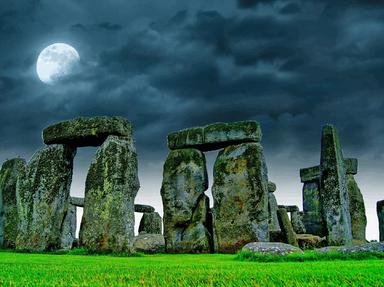Quiz Answer Key and Fun Facts
1. Edward the Confessor appoints Tostig Godwinson as Earl of Northumbria.
2. Pope Adrian IV grants King Henry II the right to rule Ireland.
3. Scots win Battle of Nesbit Moor during Hundred Years' War.
4. First battle in the War of the Roses.
5. Mary Tudor becomes first queen regnant of England.
6. Princess (later Queen) Elizabeth is imprisoned.
7. The Rule of the Major-Generals, arguably a military dictatorship.
8. Samuel Johnson publishes "A Dictionary of the English Language".
9. "The Daily Telegraph" newspaper published for first time.
10. Cardiff becomes official capital of Wales.
Source: Author
suomy
This quiz was reviewed by FunTrivia editor
gtho4 before going online.
Any errors found in FunTrivia content are routinely corrected through our feedback system.
